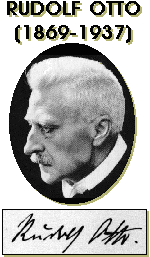Middlepause
I haven’t read this book, The Middlepause, by Marina Benjamin, but the article says, quoting Erik Erikson, ‘in ‘middlepause’, ‘I needed to embrace what he called generativity, which included all kinds of giving back to society: the production of art as well as children; the support offered to younger generations; a deeper engagement with others. If we failed to do this, he wrote, we risked developmental arrest in midlife or, worse, falling into an atavistic narcissism. “An adult must become a numinous model in the next generation’s eyes, and … act as a judge of evil and a transmitter of ideal values”.
This resonates with me again at the moment. We are going through a restructure at work and it raises all sorts of questions. What am I going to do next? What am I going to do next if I don’t get a job?
What does numinous mean?
Rudolf Otto’s Concept of the “Numinous”
 Otto was one of the most influential thinkers about religion in the first half of the twentieth century. He is best known for his analysis of the experience that, in his view, underlies all religion. He calls this experience “numinous,” and says it has three components. These are often designated with a Latin phrase: mysterium tremendum et fascinans. As mysterium, the numinous is “wholly other”– entirely different from anything we experience in ordinary life. It evokes a reaction of silence. But the numinous is also a mysterium tremendum. It provokes terror because it presents itself as overwhelming power. Finally, the numinous presents itself as fascinans, as merciful and gracious.
Otto was one of the most influential thinkers about religion in the first half of the twentieth century. He is best known for his analysis of the experience that, in his view, underlies all religion. He calls this experience “numinous,” and says it has three components. These are often designated with a Latin phrase: mysterium tremendum et fascinans. As mysterium, the numinous is “wholly other”– entirely different from anything we experience in ordinary life. It evokes a reaction of silence. But the numinous is also a mysterium tremendum. It provokes terror because it presents itself as overwhelming power. Finally, the numinous presents itself as fascinans, as merciful and gracious.
